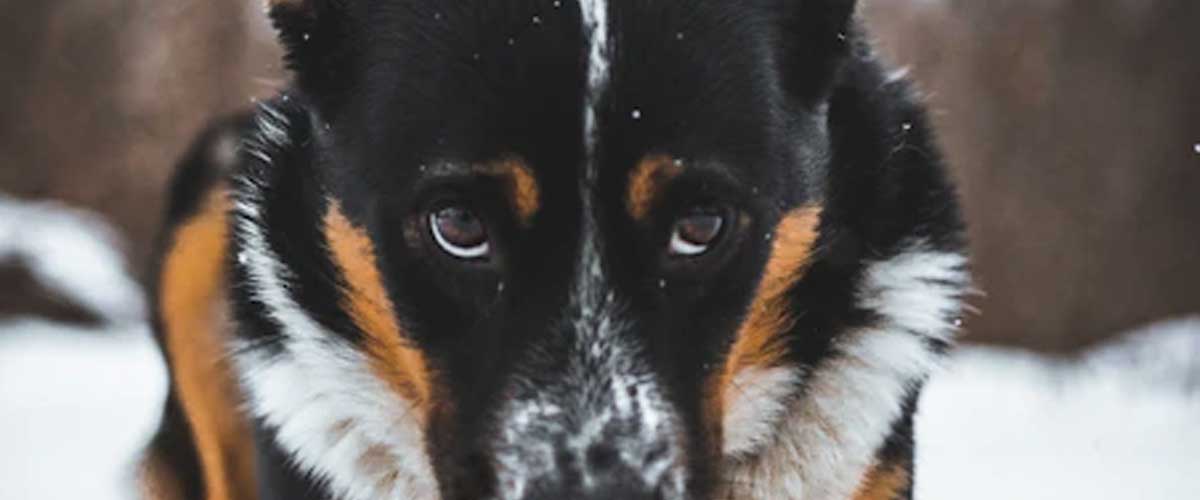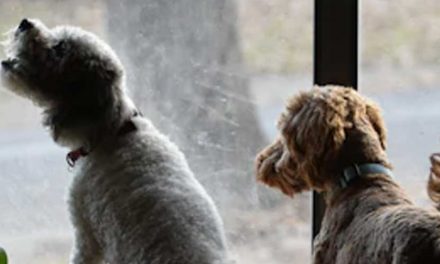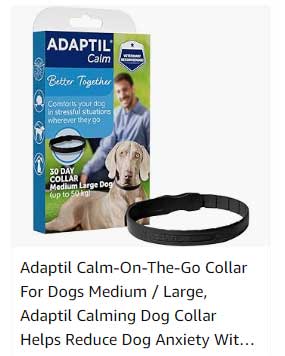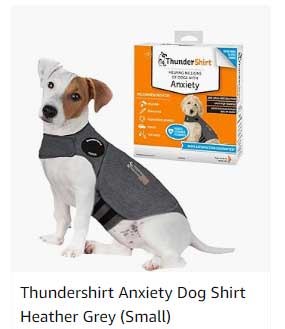Navigating the world with our furry companions is usually a joyful experience, but for some dogs, meeting other dogs can be a source of anxiety.
Just like humans, dogs are individuals, and their personalities can greatly influence their behavior in social situations.
Understanding and addressing dog anxiety, particularly when it comes to meeting other dogs, is crucial for their well-being and our peace of mind.
What Causes Dog Anxiety?
Dog anxiety can stem from various factors, including genetics, early life experiences, and socialization.
A dog that hasn’t been properly socialized during their critical development periods may feel overwhelmed or fearful in the presence of other dogs.
Additionally, past traumatic encounters with other dogs—such as being bullied, attacked, or even just startled—can lead to long-lasting anxiety.
Some breeds are more prone to anxiety than others, and environmental factors also play a significant role.
Dogs that have lived in chaotic or unstable environments may struggle more with anxiety than those that have been raised in calm, secure settings.
Recognizing the root cause of your dog’s anxiety is the first step towards effective management.
Recognizing the Signs of Anxiety
Understanding the signs of anxiety in dogs is essential for addressing the issue.
Common indicators include:
1. Body Language:
Pay attention to your dog’s body language. An anxious dog may display signs such as tucked tails, cowering, or avoiding eye contact.
Ears pinned back and a lowered posture can also signal discomfort.
2. Vocalization:
Whining, barking excessively, or growling are all vocal signs that your dog may be feeling anxious or threatened.
3. Physical Reactions:
Dogs may indulge in stress-related behaviors such as excessive licking, pacing, or even trying to escape when they see another dog.
4. Aggression:
In some cases, anxiety can manifest as aggression.
A dog may react defensively to another dog out of fear, leading to barking, lunging, or snapping.
Strategies to Help Your Dog Overcome Anxiety
While some level of anxiety is normal, there are many strategies you can implement to help your dog feel more comfortable when meeting other dogs.
1. Gradual Exposure:
Start by introducing your dog to calm, well-socialized dogs in controlled environments.
Use a leash and maintain a comfortable distance.
Gradually decrease the distance as your dog becomes more comfortable. Never force interactions.
2. Positive Reinforcement:
Reward your dog for calm behavior when near other dogs.
This could include treats, praise, or playtime.
Associating positive experiences with the presence of other dogs can help reduce anxiety.
3. Training and Socialization:
Enroll your dog in training classes or socialization workshops.
Professional trainers can assist in building your dog’s confidence and teach them how to interact appropriately with other dogs.
4. Creating a Safe Space:
Allow your dog to have a place in your home where they can retreat when they feel anxious.
This can be a crate, a specific room, or a comfy bed.
Knowing they have a safe space can help alleviate their anxiety when meeting others.
5. Consulting a Veterinarian or Behaviorist:
If your dog’s anxiety persists despite your efforts, consider consulting a veterinarian or a canine behaviorist.
They can help identify whether underlying health issues may contribute to your dog’s fear and may recommend solutions such as anxiety-reducing medications or more targeted training programs.
Conclusion
Dog anxiety, particularly when it comes to meeting other dogs, can be challenging for both the dog and the owner.
Recognizing the signs, understanding the root causes, and implementing effective strategies can make a significant difference.
By taking a compassionate and patient approach, you can help your dog develop more confidence and make social interactions enjoyable for them. Remember, every dog is unique, so be patient as you work together to overcome these challenges.
Your furry friend will appreciate the efforts you put into creating a comfortable and happy environment for them.










